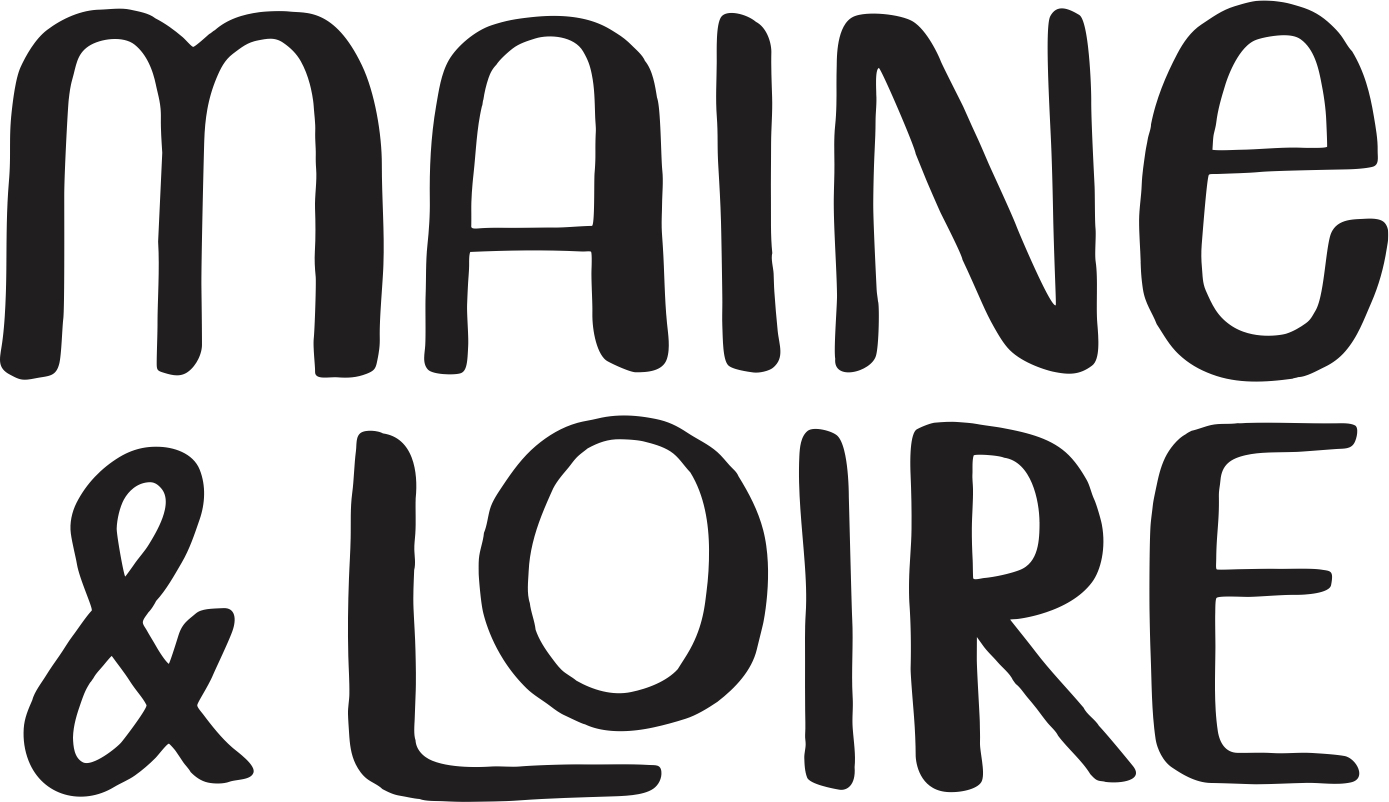Hofgut Falkenstein ‘Landwein der Saar’ Pétillant White NV
Location: Germany, Saar
Winemaker: Erich & Johannes Weber
Grapes: Pinot Blanc
A brand new cuvée from Hofgut Falkenstein, an expressive, magical, slightly effervescent wine from 100% Weissburgunder. Hazy, dry, with notes of citron, fresh straw, wet stones and dried pear. Drink very cold in the winter sun with oysters.
From the Importer Lars Carlberg: Erich Weber of Hofgut Falkenstein makes ultra-traditional, dry-tasting Saar Rieslings. He likes to call himself “Winzer Weber.” (Winzer is German for winegrower.) In other words, the emphasis is on the work in his vineyards, where he spends most of his days. With his tan and rugged face, he looks the part, too. Since his middle son, Johannes, has joined him full-time, there has been more of a focus on Rieslings with residual sugar. In recent years, their wines have also caught the attention of critics, both in and outside Germany.
Erich and Johannes let ambient yeasts ferment the musts in old oak casks in a deep, cool, and damp cellar with moldy stone walls, and most of the wines end up either naturally dry (trocken) or off-dry (feinherb). Hofgut Falkenstein, therefore, is one of the rare Saar producers that specializes in distinctive, bracing, light, dry or dry-tasting Rieslings, bottled traditionally by the cask. The bone-dry Rieslings are brisk. All the wines have a ripe, racy, and well-integrated acidity from low yields and old vines. The key is a good grape.
Hofgut Falkenstein has about 9 hectares planted in and around the village of Niedermennig. Like Erich, Johannes studied at Geisenheim. He also went to technical school and has taken on a bigger role in the cellar and vineyards. Erich's youngest son, Paul, and his eldest, Franz, also help out when they can, especially during the harvest. The vineyards, all in what is called Tälchen ("little valley"), are on various slate slopes, [including] Niedermenniger Herrenberrg [and] Niedermenniger Sonnenberg.
The harvest is done in stages and all by hand, unlike some more famous VDP members with holdings here. For the most part, the Webers prefer en-bloc picking to making multiple passes through the same parcels. The small harvest team consists of family, friends, foreigners, and neighbors. Yields are small because of a relatively low-density planting and strict harvesting from old vines. Most importantly, the Webers believe in one flat cane per vine, no herbicides, no fertilizers, and little to no tillage. They do all the work themselves.
The Webers drop the Riesling grapes whole via gravity—no pumping from a harvest trailer—onto a customized ramp and into a Slovenian-made NIKO pneumatic press. The grapes are gently pressed for two to three hours and the resulting juice flows via gravity into the cellar below for a natural sedimentation in Fuder overnight and then put into another cask, where the must ferments and later the wine stays on its gross lees until bottling in March, April, or May. All the wines are fermented by ambient yeasts. They don't use commercial enzymes, protein stabilizers, clarifying agents; nor do they chaptalize, concentrate, or de-acidify their wines. “Kontrolliertes nichts tun,” Erich says. In other words, they do as little as possible.
A few of the old Fuder casks come from a former mayor of Niedermennig, who was also a Küfer, or cooper, and received the best local oak from around the village. Erich still gets sentimental when he points out two smaller barrels, including a Halbfuder, that his late father made. Built into a hillside, the low-tech cellar is cool and damp with a healthy growth of molds on the walls and ceiling.
The packaging at Hofgut Falkenstein matches the wines, too, ribbed-paper labels and modest 330-mm Schlegel bottles in dark green, called massongrün. They had avoided capsules until a few vintages ago. The one wine that is bottled in magnum each vintage still has the paper strip over the top of the bottle with the words "Hofgut Falkenstein." Old labels, before the early nineties, had the same look and design, except the title (above the logo) had the words "Falkensteiner Hof" with "Weingut" underneath, such as the 1989 Falkensteiner Hofberg Riesling Auslese trocken, courtesy of the wine critic David Schildknecht. An excellent 1992 Krettnacher Euchariusberg Riesling Kabinett trocken looks the same. Since the 2015 vintage, they have an old-school font once again. And the Webers decided to put "Saar" and the AP botting number in bold print. The latter highlights their cask-by-cask bottlings, which is seldom done nowadays. In other words, each Fuder cask is bottled separately, instead of making blends among different casks. As mentioned above, all of their wines ferment naturally with ambient yeasts and stay on the lees until bottling, which starts in March or April. They don't rack, pump, and filter multiple times beforehand.
The Webers make light, tangy, wholesome, dry-tasting Saar Rieslings, as well as some with more noticeable residual sugar. These old-style Saar wines often retain a lively, natural effervescence (spritzig) from fermentation and minimal handling. In other words, they go down well—Trinkfluss in German.

